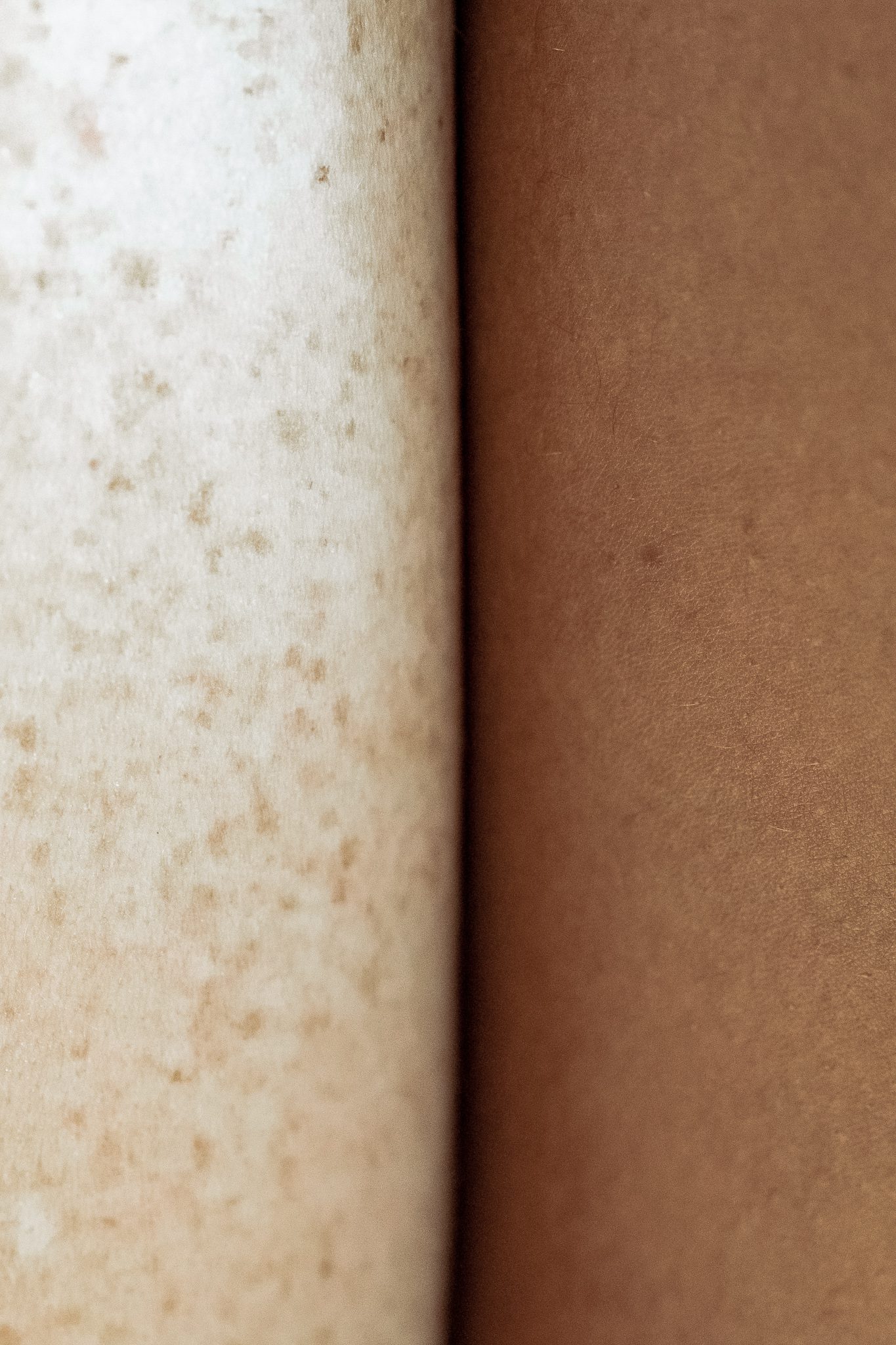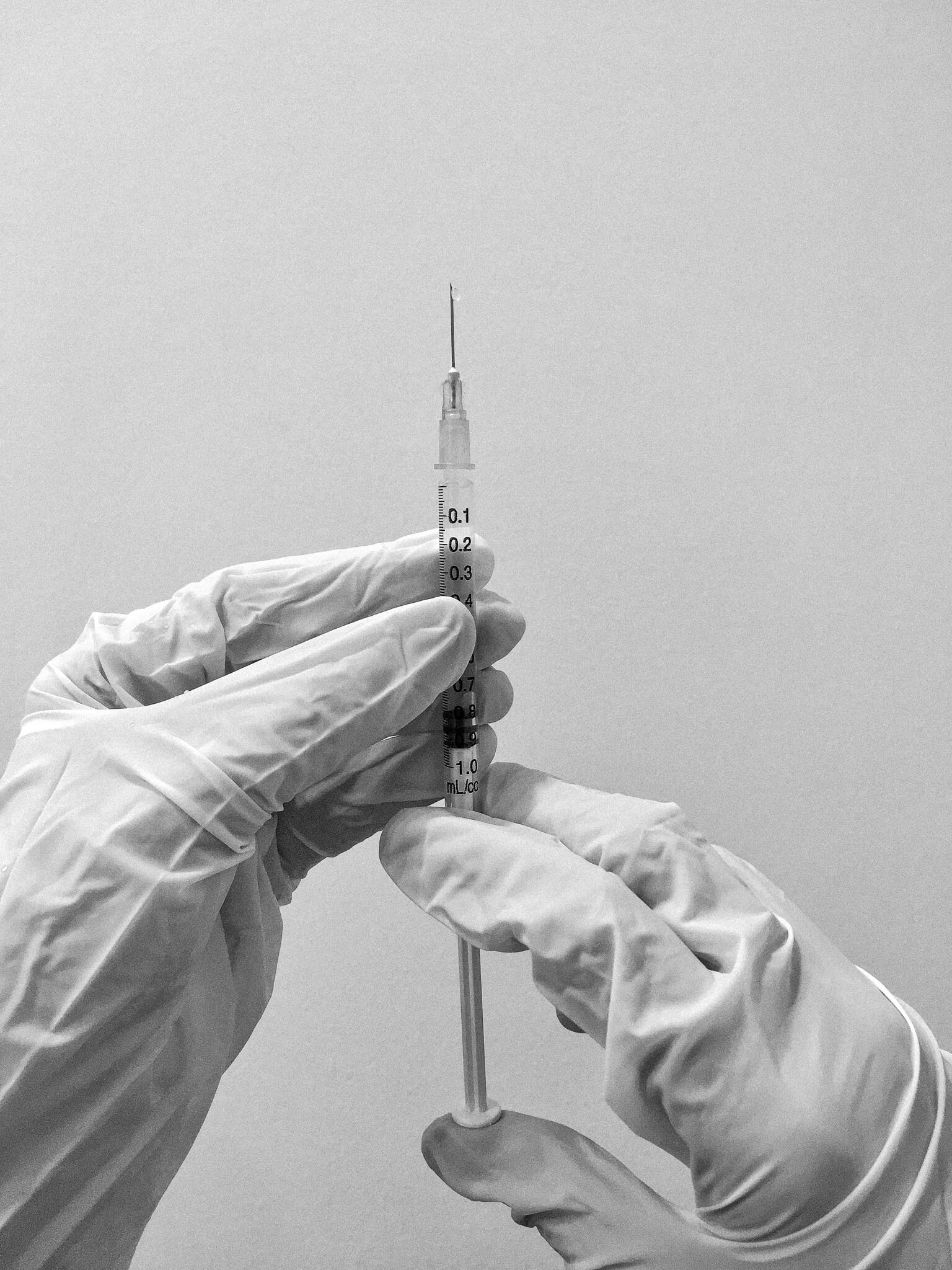aescend aesthetics
Skin-typing + pigmentation

The Fitz Patrick scale is a tool that helps to differentiate between different skin types and their risk for sun damage and burning. It is based on the amount of innate pigment in your hair, skin and eyes and is pertinent to what we do in clinic, as it indicates how your skin is likely to respond to different therapies.
Where people carry a greater amount of pigment, they are generally less likely to experience the damaging effects of UV rays as melanin acts like an umbrella in the skin, shielding it from harm. The converse of this is that a lot of therapies we do for pigment or resurfacing can cause inflammation or directly target the pigment in the skin and this can make people with high levels of melanin more prone to burning and/or complication such as hyperpigmentation (darkening of pigment) or hypopigmentation (lightening of pigment). Often the level of pigment in skin is genetically based and while someone may appear quite fair skinned, ancestry borne of places like the middle east, asia, pacific islands etc, may mean that they have an increased number of melanocytes (pigment producing cells), ready to respond upon irritation in the skin.
If you tend to pigment, have fairer skin though bronze easily in the sun, have heritage from a country where the Fitzpatrick level is generally higher, tend to develop raised scars (keloid/hypertrophic scars) or are prone to developing purple/darkened scars and lesions following injury then you should notify this to your artisan prior to any of our treatments. In this way we can ensure that a full assessment of your skin type is conducted and titrate therapy to maximise results, while minimising the potential complications.
Find out more about our procedures or book a consultation by clicking below



